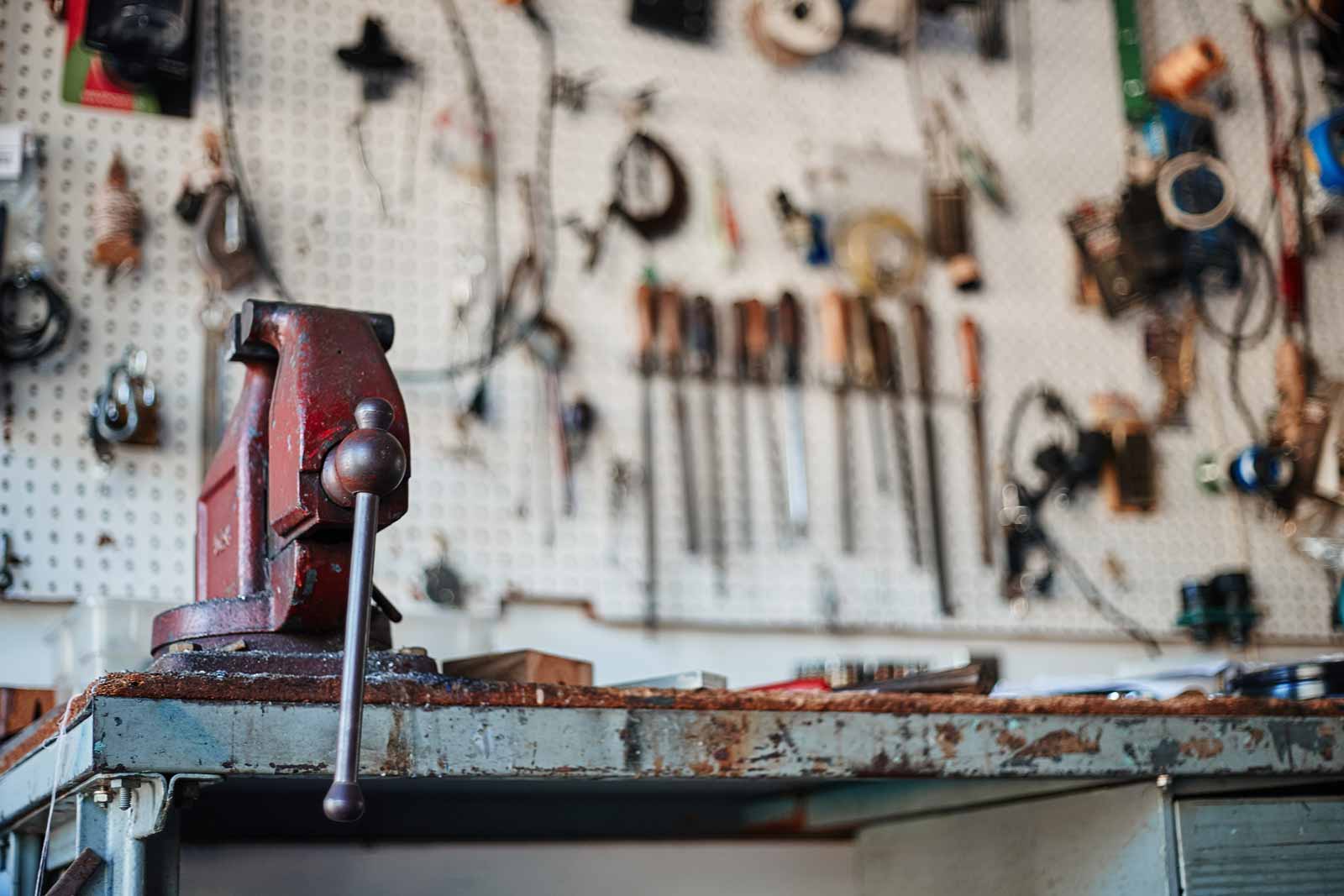Whether you’re in the midst of redecorating, or simply touching up your grout, knowing how to lay and seal tiles is a useful skill. It’s not a complicated job, yet without proper planning, it is all too easy to end up with an uneven surface, or unsightly gaps.
You could call on one of Bristol’s painters and decorators for support, but if you’d rather do it yourself, here are a few useful tips to bear in mind.
Know Your Tiles
If you’re touching up existing tilework, you will simply need to use the same variety as you already have in place. It is always worth keeping leftover fragments, as well as whole tiles, in case you need to carry out repairs in the future.
On the other hand, if you’re laying new tiles, your first task is to decide on their size, colour, texture, and material. Light colours and small tiles can make a room appear larger. Equally, darker colours, and larger tiles can make a spacious room feel cosier.
As for materials, most tiles will be ceramic, or porcelain, which is more durable, but harder to cut and shape. Tiles made of marble and other types of stone are also popular, but can be very challenging to work with, due to their weight and resilience. These tiles may also need to be sealed and treated, so they can be a lot more work than the more common alternatives.
Plan Ahead
Whatever you decide on, the next part of the process is to plan your layout. You could even arrange the tiles on a floor or table to get a sense of how they will look, and how they will fit around fixtures and corners. Things to consider include the orientation of the tiles - for example, you may find a diagonal arrangement is more appealing.
This guide includes some useful formulae for calculating the number of tiles you will need for your chosen project. Even so, you should consider how best to cut tiles to minimise wastage. You may be able to use multiple pieces of one tile to fill in small gaps and awkward spaces.
Take Your Time
If you’re laying new tiles, begin by clearing the area of any soft furnishings or furniture, and thoroughly cleaning the surface that is to be tiled. Ensure you have a firm idea of the layout you hope to achieve, and choose a corner to begin working from. If you are tiling a floor, you will need to plan a route that ends nearest a doorway, as you should not walk on the tiles until the adhesive has dried.
Apply the tile adhesive to an area large enough for three or four tiles, using a notched trowel or adhesive comb, being careful to achieve an even coverage. The notches will create ridges in the adhesive which allows it to bond more effectively with the tiles.
Begin laying your tiles carefully, taking your time to ensure they are even, and correctly oriented. Do not be afraid to rotate or slide them into place if you need to adjust their positioning. Every few tiles, place spacers into each of the gaps. These are available in a few different sizes, and help you to to keep the spacing between your tiles regular.
You can then apply adhesive to the next area, repeating the tiling process until the entire surface is covered. Before grouting, you should leave the tiles to dry and fix into place, which should take around 24 hours.
Choose Your Grout
You will need to decide whether to match your grout to the tiles, or choose a contrasting colour. If you cannot find the shade you want, there are a variety of grout dyes available from most DIY outlets that should do the trick. In addition, for areas that are likely to become wet as part of their everyday use, you will need to purchase waterproof grout. This applies to all bathroom tiling, and any other grout-work around sinks and similar fixtures.
If you are replacing old grout, or repairing cracks, be sure to remove all of the damaged material before you start. This can be done by running a small knife between the grout and the tile edges, then extracting the old material with a small chisel or flathead screwdriver.
If you are grouting new tilework, you will need to pull out the spacers, unless they are deep set enough that the grout will cover them completely. Apply your grout at a 45 degree angle to the tile edge, in order to achieve the best coverage. Use a wet sponge to press the grout firmly into the gaps, before wiping the tile surfaces with a damp cloth to remove any excess.
Seal and Admire
Give the grout a couple of days to set, avoiding walking or leaning on the new tiles in the meantime. You can also coat your tiles with a layer of tile sealer, to protect against spills and staining. This is not to be confused with sealant, which you will need to use for the spaces between the edge of your tiling, and fixtures such as sinks and baths.
Sealant can be applied using a sealant gun, and must be done with great care. Take your time, and wear gloves, as this material dries quickly, and can be awkward to use. If it appears bumpy, you can smooth the surface by running the tip of your finger along it, to press it into place.
With that done, your project is complete, and you can relax and enjoy your handiwork. Alternatively, if you run into any difficulties, or you need advice on your choice of materials, tiles, or tools, a local professional can provide the answers you need, and help to ensure your finished tilework is suitable, stylish and secure.
Decorating
diy
tiling





